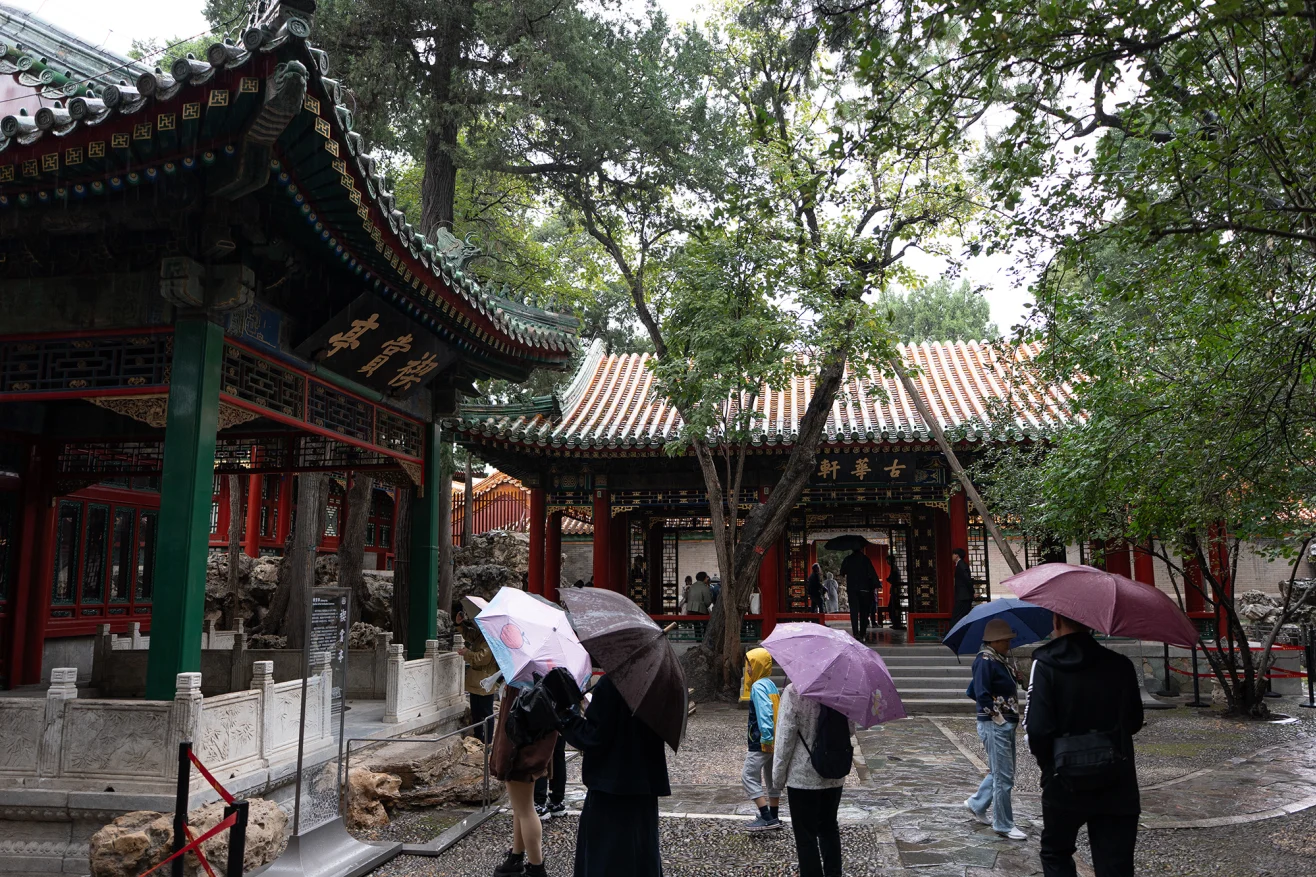Beijing (TDI): The Qianlong Garden, also known as The Palace of Tranquil Longevity, housed inside the tourist-famous Forbidden City of China, has now reopened for visitors after a long century.
In the 1980s, when the Singaporean architect Ho Puay-peng embarked on a journey to the Forbidden City, what he encountered was very different from the beautifully preserved landmark we see today.
Back then, the palace grounds were cluttered with storage items, marred by the ravages of time and fires. Several courtyards even served as makeshift offices for government employees. Ho described the scene as nothing short of “horrible.”
Recently, in September, the Palace Museum marked its 100th anniversary, and it was then that the previously closed Qianlong Garden welcomed visitors once again. This reopening quickly turned it into one of the most popular attractions in Beijing.
The Forbidden City was constructed in the 15th century during the Ming Dynasty, serving as a residence and workplace for the imperial family.
The Qing Dynasty later took control and undertook significant restorations, maintaining its status as the center of Chinese imperial power until the last emperor, Pu Yi, was ousted in the early 20th century.
Read More: China’s 15th National Games Begin with Greater Bay Area Torch Relay
In 1925, the Palace Museum was established on the site, although extensive restoration work began much later. One of the most notable features of the Forbidden City is the Qianlong Garden, built in the 1770s as a private retreat for Emperor Qianlong.
Celebrated for its artistic beauty and tranquility, the garden offers an intimate experience with its 6,000 square meters of space.
Inspired by the elegant gardens of southern China, it comprises four interconnected courtyards, two of which are open to the public, showcasing a variety of ornate pavilions, rock formations, and ancient trees.
It is renowned for its integration of architecture with nature, featuring intricate murals, bamboo carving, and rare decorative arts. The recent completion of a major conservation project has revitalized its hidden treasures, such as the Juanqinzhai, offering a sneak peak into the private world of an emperor.
At the centenary, President Xi Jinping lauded the museum as “an important symbol of Chinese civilization” and emphasized the need to “protect, restore, and make good use of cultural relics.”
As more and more people turn to visit the re-opened garden, it is difficult to tell if the 100 years of the existence of the Palace Museum fascinates them more than the preserved and renovated garden they are seeing after all this time.
Established in December 2008, The Diplomatic Insight is Pakistan’s premier diplomacy and foreign affairs magazine, available in both digital and print formats.



